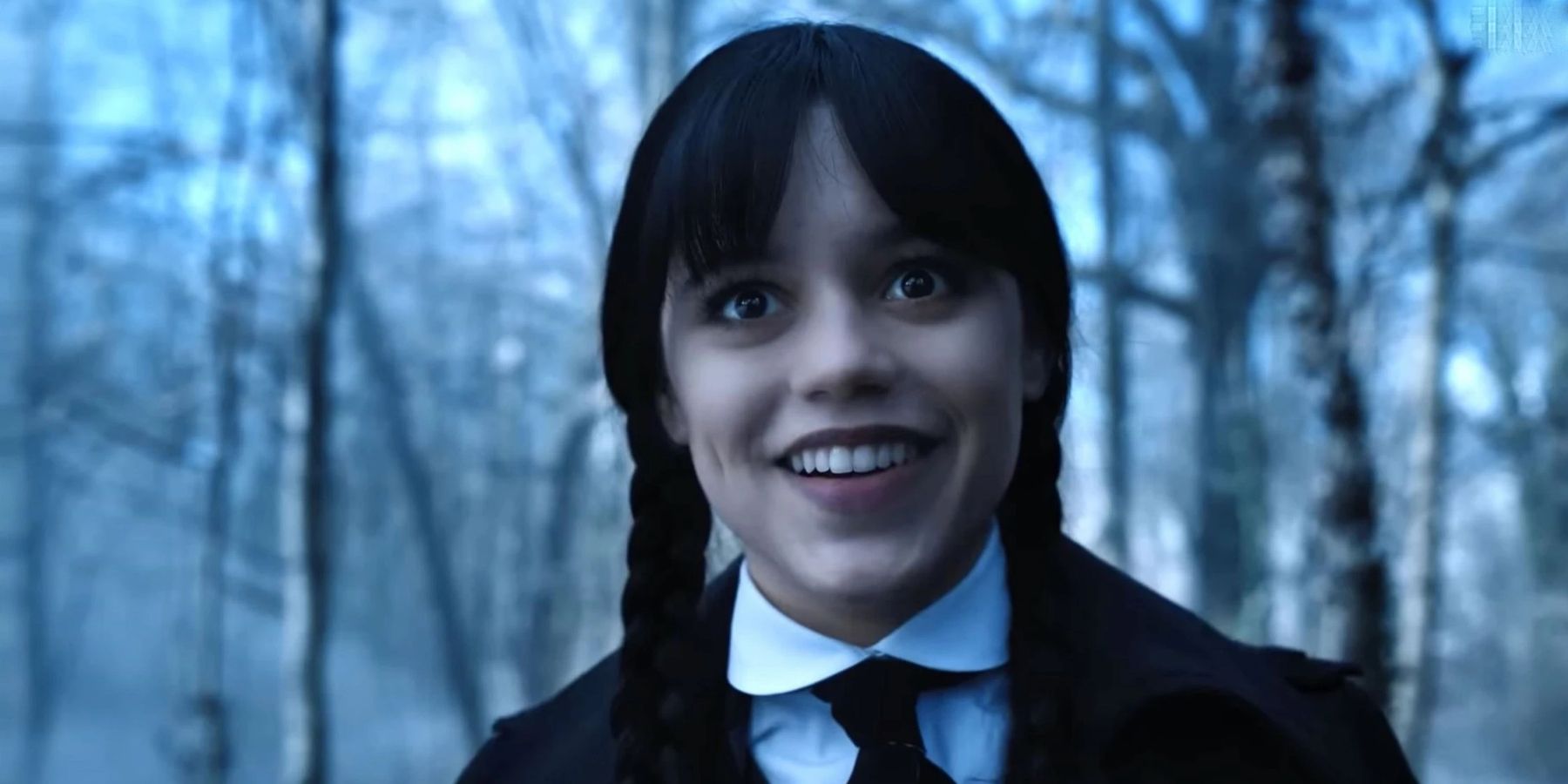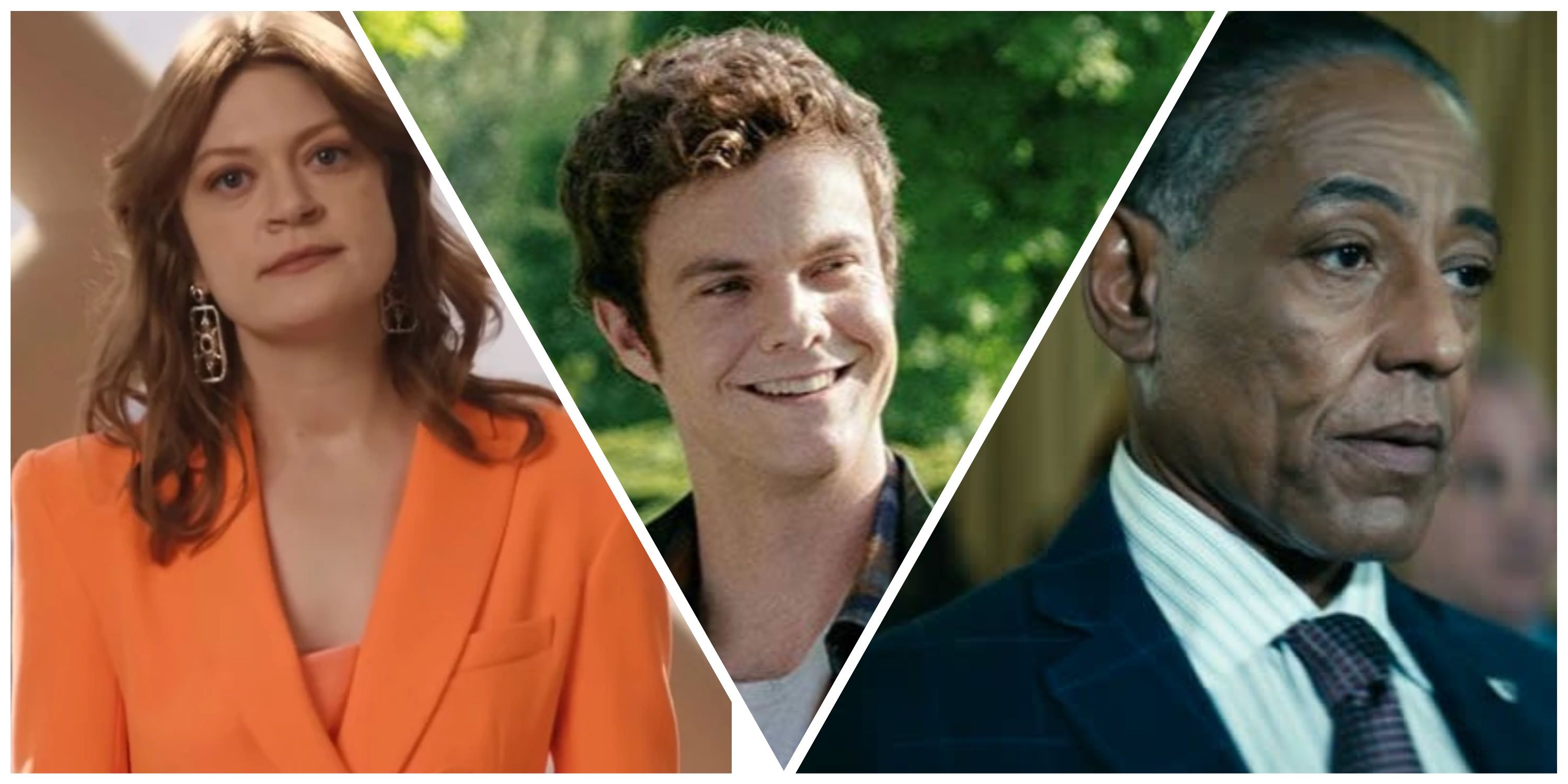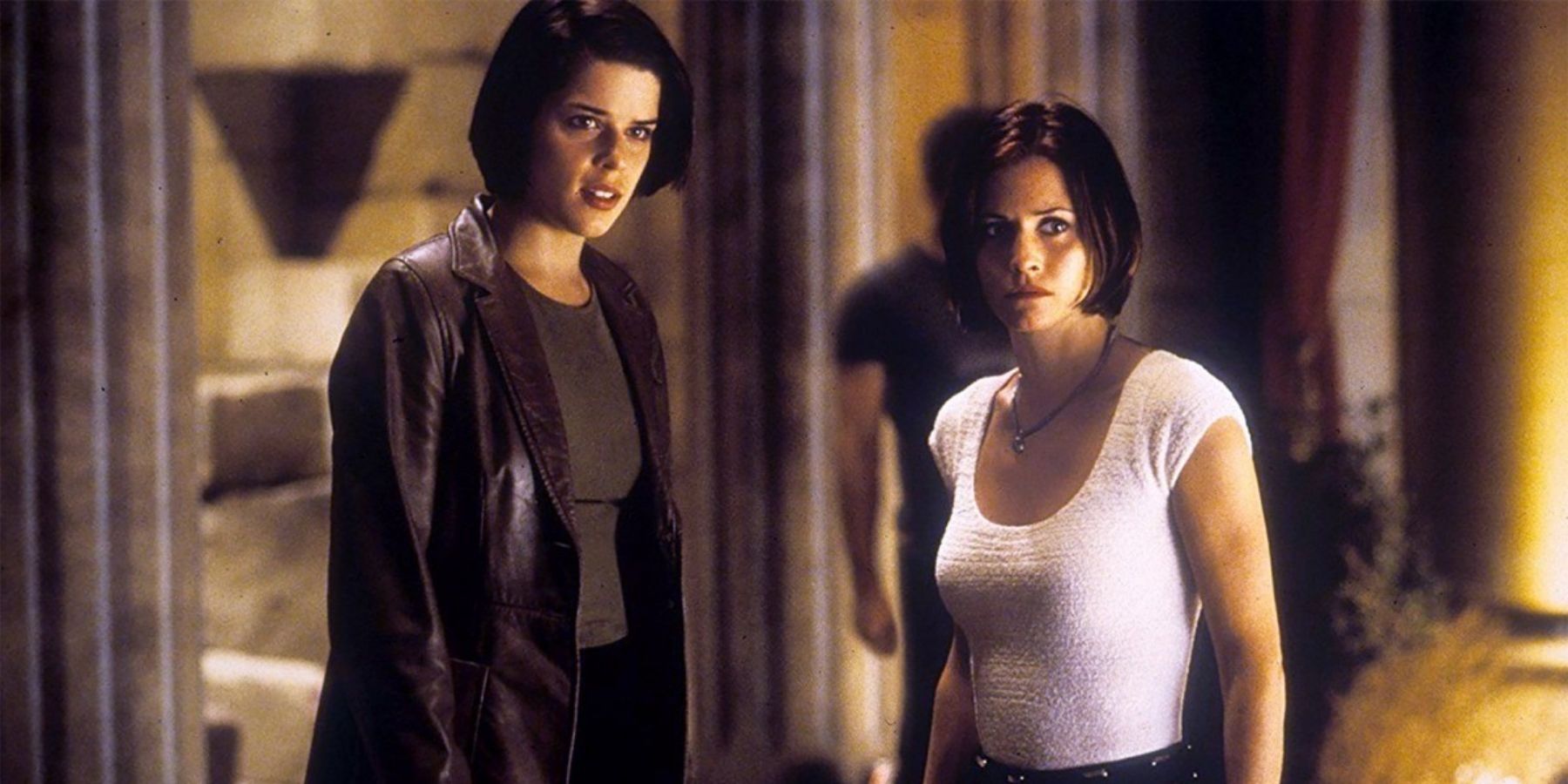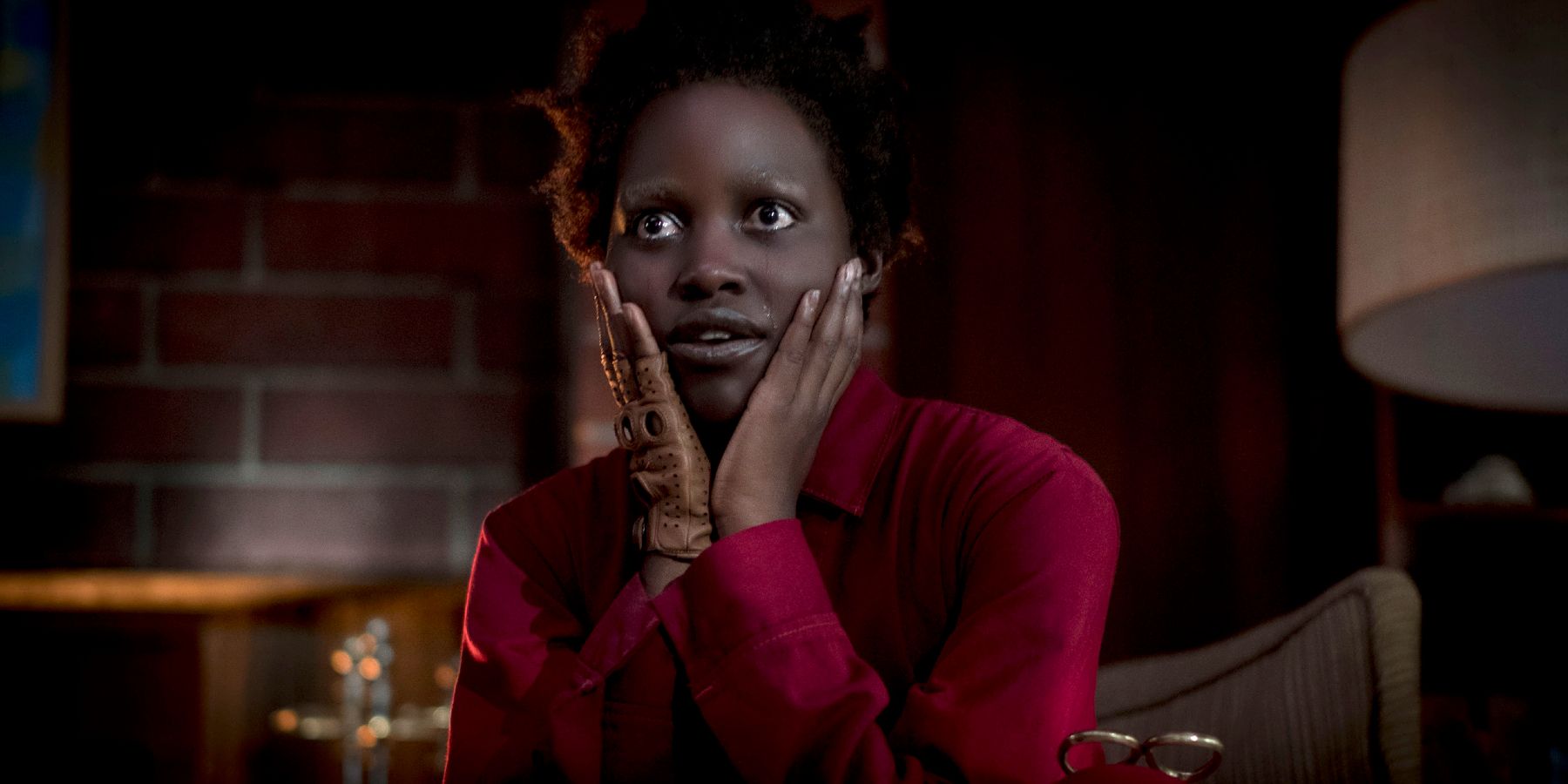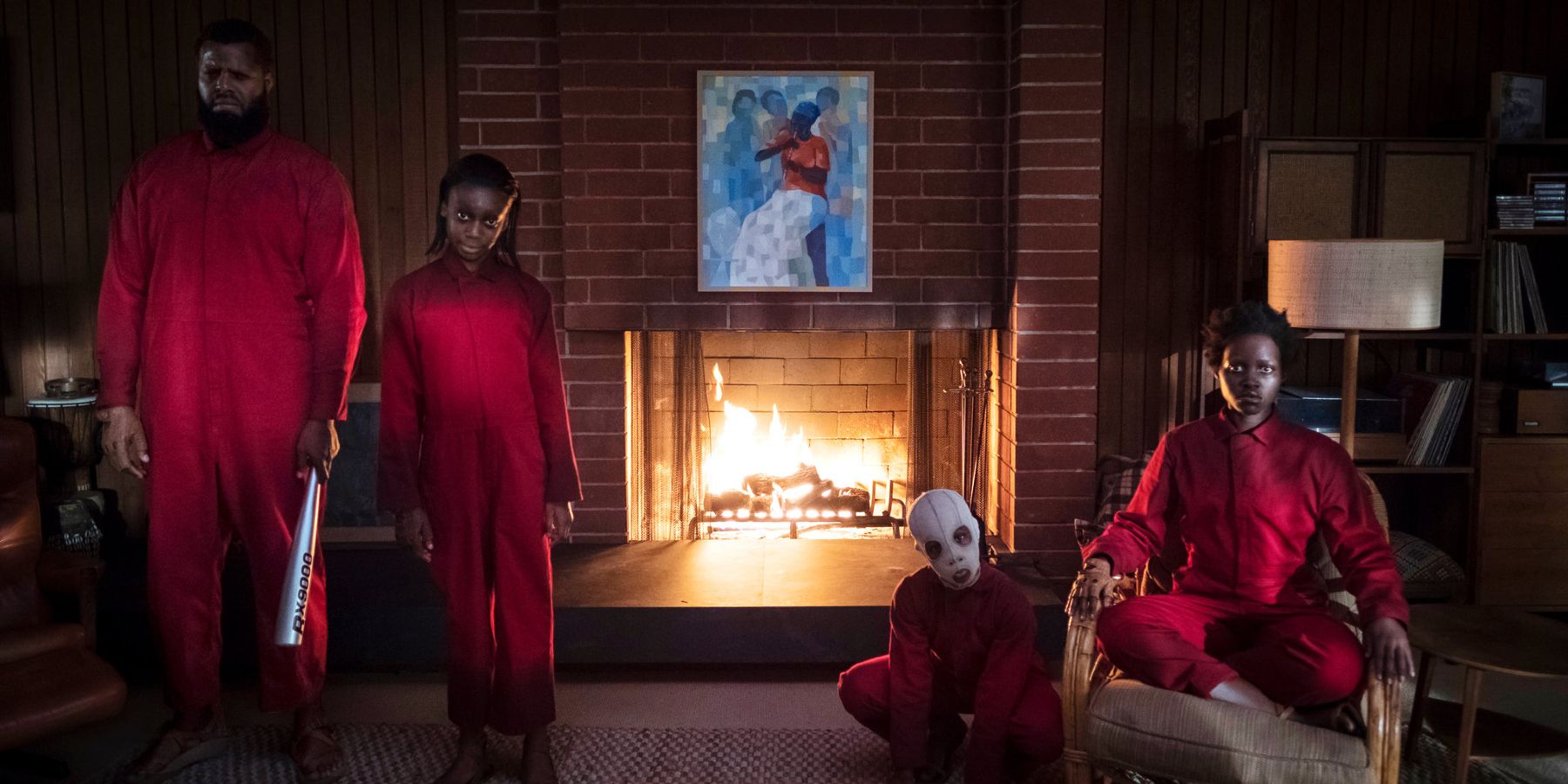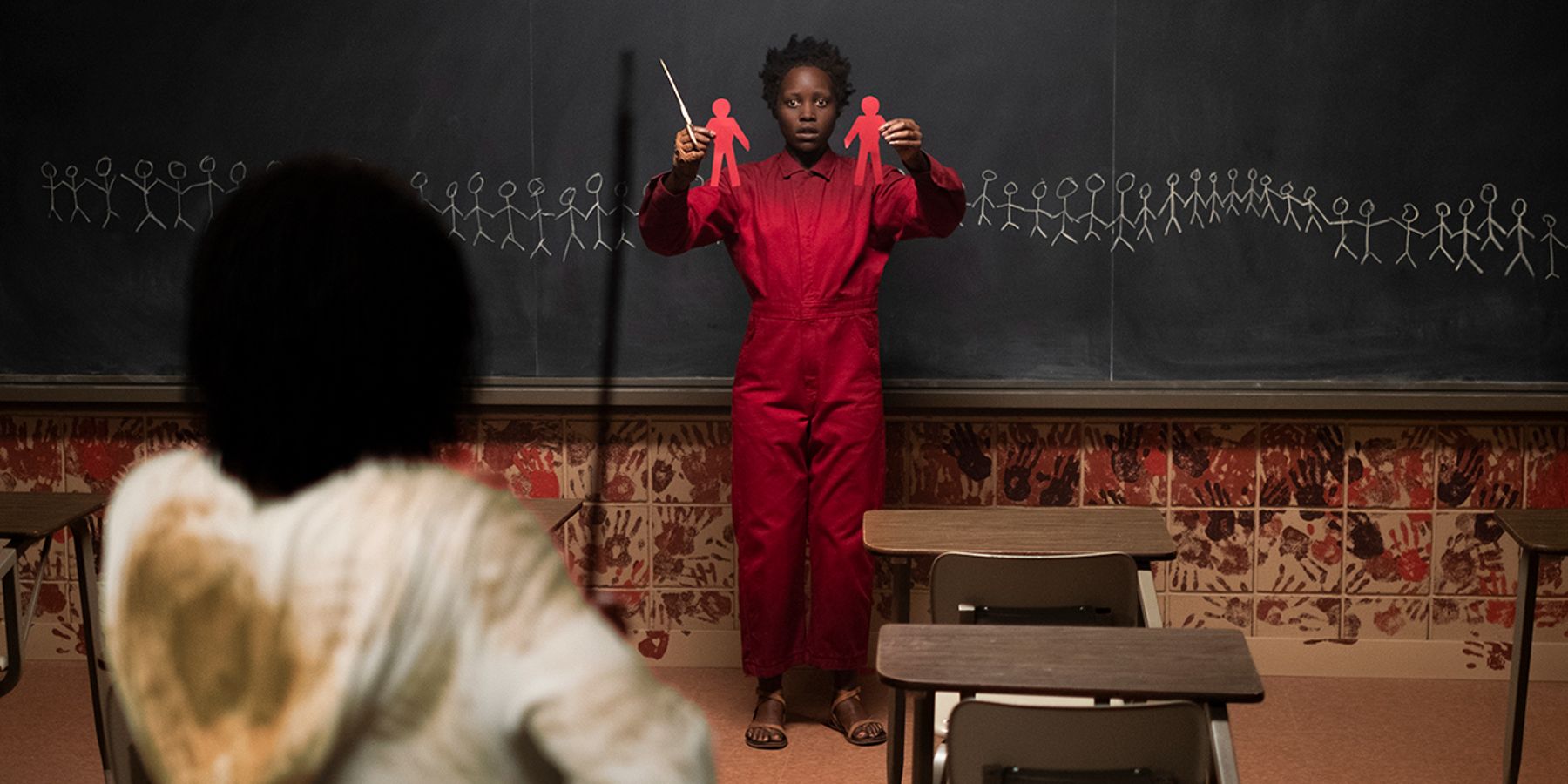Actor and comedian Jordan Peele made his directorial debut in 2017 with the Academy Award-winning Get Out, a horror movie about an African-American man named Chris (Daniel Kaluuya) who makes several disturbing discoveries when he visits his Caucasian girlfriend's (Allison Williams) family home. Get Out is brilliant for many reasons. It's original, funny, and crucially, genuinely scary. With its premise being a bunch of rich white people using Black people in insidious ways, it also carries a deeper message, acting as a social commentary about racism, privilege, and America at large. Chris's discovery that the Armitage family have been making hosts out of Black people through some twisted brain transplant procedure is an apt reflection on the fetishization of Black bodies: the Armitage family desire Black hosts because of their supposed physical superiority.
Peele's second horror movie Us has a looser plot, but its social commentary is razor-sharp, and its unsettling atmosphere is even greater. The movie begins in 1986 with a young girl named Adelaide (Madison Curry) at Santa Cruz Beach Boardwalk with her parents. Wandering off alone, Adelaide finds herself in a house of mirrors where she bumps into a girl (Red) that looks exactly like her. Initially, audiences aren't shown the full interaction between Adelaide and Red, but they can assume the experience was traumatising for the former as she loses the ability to speak and appears to be suffering from PTSD.
In the present, Adelaide (Lupita Nyong'o) is a grown woman living comfortably with her husband Gabe (Winston Duke), and children Zora (Shahadi Wright Joseph) and Jason (Evan Alex). On vacation, Gabe suggests they visit Santa Cruz Beach and, although Adelaide is apprehensive, she eventually gives in and the family go, meeting their wealthy White friends Kitty (Elisabeth Moss) and Josh Tyler (Tim Heidecker) there. After almost losing Jason at the beach, Adelaide panics, and later tells Gabe what happened that night back in '86. Gabe struggles to understand Adelaide until her doppelgänger Red arrives at their home with her husband and children who are identical to Adelaide's own.
Red refers to her family as the Tethered, explaining how for everyone living above ground, there is a double living underground who is subjected to a torturous life. This, she explains, is the result of a Government scheme to control people gone wrong. The rest of the movie sees Red’s family try to kill Adelaide’s family and, along with the other escaped doppelgängers, claim — or reclaim in Red's case — the world above. As it turns out, Red is the original Adelaide: the two having swapped places back in '86.
As Peele tells The Verge, Us is a social commentary about America's climate: "We’re in a time where we fear the other, whether it’s the mysterious invader that we think is going to come and kill us and take our jobs, or the faction we don’t live near, who voted a different way than us. We’re all about pointing the finger. And I wanted to suggest that maybe the monster we really need to look at has our face. Maybe the evil, it’s us." This political reading is boosted by Us' greatest asset: its atmosphere.
Peele proves he can do nostalgic in the opening sequence — from the cheesy commercial on the box TV to the Michael Jackson "Thriller" T-shirt Adelaide’s father wins her, the director effortlessly transports viewers to the 80s — but that's not all he's capable of. When Adelaide encounters Red, the atmosphere takes a chilly turn, and if the idea of being stuck in a house of mirrors wasn’t terrifying enough, the idea of your reflection coming back to haunt you certainly is. Peele plays on this fear by introducing Red and her family in the most ominous way. “There’s a family in our driveway,” Jason says nonchalantly, referring to the four static figures outside.
When Gabe goes outside to confront the family, tensions are raised, and when Red’s kids break off into an animalistic sprint, they are raised again. Us continues this way throughout, with its pace mimicking an irregular heartbeat: slow… then really fast… then slow… then really fast. Red’s glitchy movements mimic this pace, as does the movies theme song: a mix of the 1995 Luniz song "I Got 5 on It." Later on, music has a comedic effect when the Tyler family are attacked by their doppelgängers to the upbeat tune of "Good Vibrations," before their Alexa-style device plays "F*** tha Police" instead of calling the police as Kitty requested. These are just two examples of Peele's ironic sense of humour which reaches its peak with the interaction: [Gabe] "Who are you people?" [Red] "We're Americans."
Us’ scariest sequence comes near the end when, via flashback, audiences finally get a glimpse into the underground world where Red was raised. Here, the movie draws parallels between scenes "up there" (a young Adelaide with her doting father, and people enjoying themselves on rides and sharing fries) to scenes "down there" (a young Red with her sinister-looking father, and people thrashing themselves about wildly and devouring bloody meat). These contrasting scenes create an eerie, upsetting atmosphere that provides Peele’s strongest class metaphor. The world above — the world of privilege — is cozy and vibrant, whereas the world below — the world of oppression and poverty — is brutal and an eyesore. And taking this allegory one step further, people (personified by Adelaide) will do anything not to end up in the latter.

